Testing times at IIIT
With the surge in covid cases across the country and a new, more contagious variant having marked its presence, conducting offline classes has been a challenge for educational institutions. In the process of calling the student community back to campus right before this surge in cases (while arguably ignoring the warning signs), the institute has made several questionable policy decisions with regards to detecting and containing any potential infections.
Students arriving on campus were asked to quarantine for about five days, followed by an RT-PCR test. However, testing was limited to new arrivals on the campus and primary contacts of those found infected. Regular testing was far more limited – only those showing symptoms were tested, and if found positive, their primary contacts were isolated and tested as well. This testing process was, to some extent, flawed, as it relied on waiting for the symptoms to show up on an infected person. The fact that the newer strains were largely asymptomatic did not help. In addition, students were urged to maintain a bio-bubble and had restricted movement outside of the premises[note]In the time since writing this article, the institute has started allowing students to leave campus within a window of 7 AM to 7 PM for upto 5 hours a week.[/note]. The faculty, CIE, and T-Hub members were, however, exempted from these impositions. Considering their freedom of commute in and out of the campus, this rather defeated the purpose of a bio-bubble.
In one testing incident involving testing primary contacts of a breakthrough case on campus, about 40+ people supposedly turned out to be infected, and more than 250 were classified as their primary contacts. This was the first major surge in cases since the student community started arriving on campus. With so many people unexpectedly resulting covid – positive, ruckus ensued. Soon after, about twenty of those forty (according to a Parliament email exchange with the Covid Task Force (CTF)) deemed to be infected were retested by the matrix labs, and almost all of them were declared negative a day later and termed as “borderline” cases.
Given RT-PCR’s high accuracy rate in detecting covid, twenty was a rather large number for imprecise results. The number, along with students’ uncertainties regarding their health, led to general commotion and questions about the credibility of the lab results. The CTF provided a vague explanation to the student body when the latter queried the criterion for the new results, why those twenty people were chosen specifically, or why those cases were misconstrued in the first place. The second mail sent by the Student Parliament with reiterated concerns still awaits an answer. This has been indicative of the general and continuing lack of clear communication between the student body and the administration, and has highlighted the indifference of the institute towards the students’ grievances.
On 19th January 2022, the institute organised its first voluntary mass testing for the people on campus. Several students showed up, with a small number of positives detected. For the second voluntary testing on 27th January 2022, very few people reported, and the CTF expressed disappointment regarding the same. The first two mass checks involved groups of two-three volunteers being instructed on how to perform the self-swab tests. The results from these tests were delayed, and students were not given individualised reports (that might be usable in travel). For the third testing, an email was put out, listing around 215 students who were required to get tested compulsorily. No explanation was provided for selecting those particular students. This time a lab technician performed the swab tests on those participating. The testing company for this batch was different from the first two, with overnight reports of the results provided to the students. Of those who showed up, around thirty-seven people were found to be positive. At least one of the primary contacts after this round of testing also confirmed that they had not been asked to test after, despite being a primary contact.
Thirteen students and forty-four staff members participated in the fourth testing held on 11th February 2022, out of which six students and one of the members of the contract staff tested positive, according to an email by the CTF. Only one individual registered for the fifth drive, hence the testing event was called off (with the individual separately contacted for a test). The CTF further mentioned that they were likely to discontinue the current process of surveillance testing, considering the general disinterest in getting registered for and participating in the testing drives. The mail also stated that the CTF had started a discussion with the Student Parliament to decide on an alternative for it, and had received a suggestion that they were working on.
Testing has become a more regular phenomenon since the start of the semester. Aarogya has stocked up on RAT kits so that students can use them for self-testing and might diagnose their symptoms on a preliminary level. However, Aarogya is often closed and several students have been buying the kits themselves. If the RAT result is positive, students are required to quarantine. If it is negative, they can still get registered for the confirmatory RT-PCR later if they have been feeling any discomfort that seems to hint at an infection, or even if they have no symptoms at all. But given that the Omicron variant has been largely asymptomatic and without guidelines on regular self-testing or when to test upon noticing any symptoms, many of the students do not know if and when they are required to self-test. And while the reliability of these tests with the new variant is not entirely known, there is not much to argue about here, considering the lack of other alternatives and the popularity and convenience of RAT. As the institute eases back into offline classes, the current situation thus stands as such: occasional, somewhat sporadic voluntary RT-PCR testing, with RAT kits to fill in the gaps.
Editor: Zubair Abid
Designer: Hardik Mittal
 Qu’ils mangent de la grenouille! (Let Them Eat Frogs!)
Qu’ils mangent de la grenouille! (Let Them Eat Frogs!) 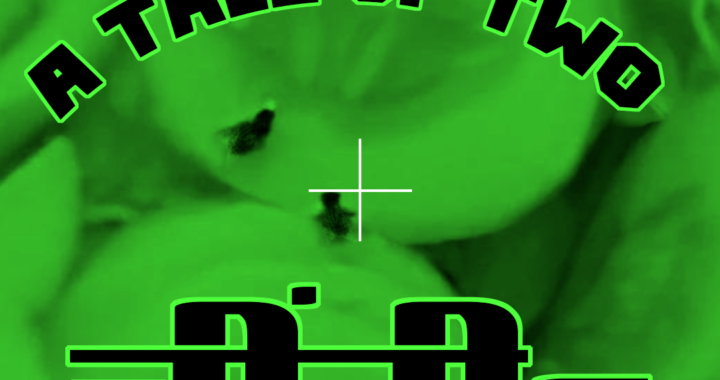 Tale of Two Cheenties
Tale of Two Cheenties  Peace of mind.
Peace of mind.  Boats and Valorant
Boats and Valorant 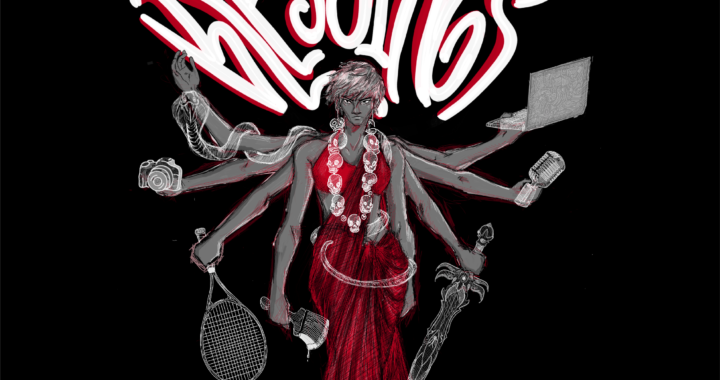 Blessings
Blessings  Shivering in the sunlight
Shivering in the sunlight 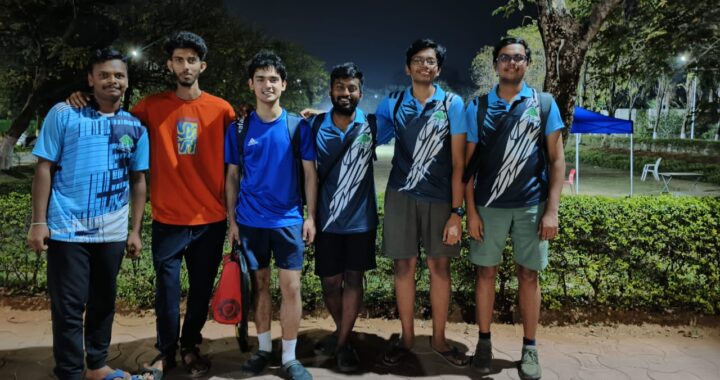 A perspective on sports in IIIT
A perspective on sports in IIIT 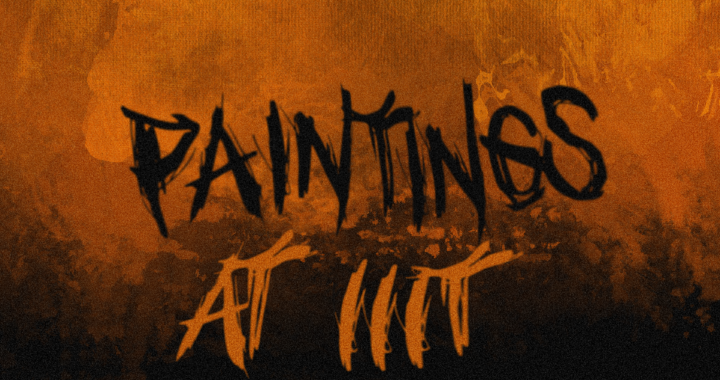 Paintings of IIIT
Paintings of IIIT 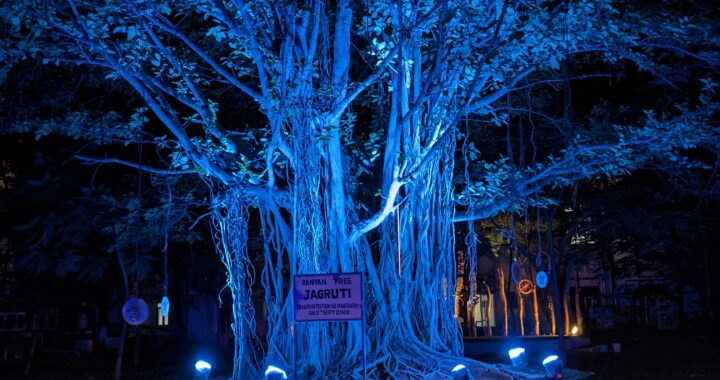 The Tale of Jagruti
The Tale of Jagruti  Cleaning up the Mess?
Cleaning up the Mess?